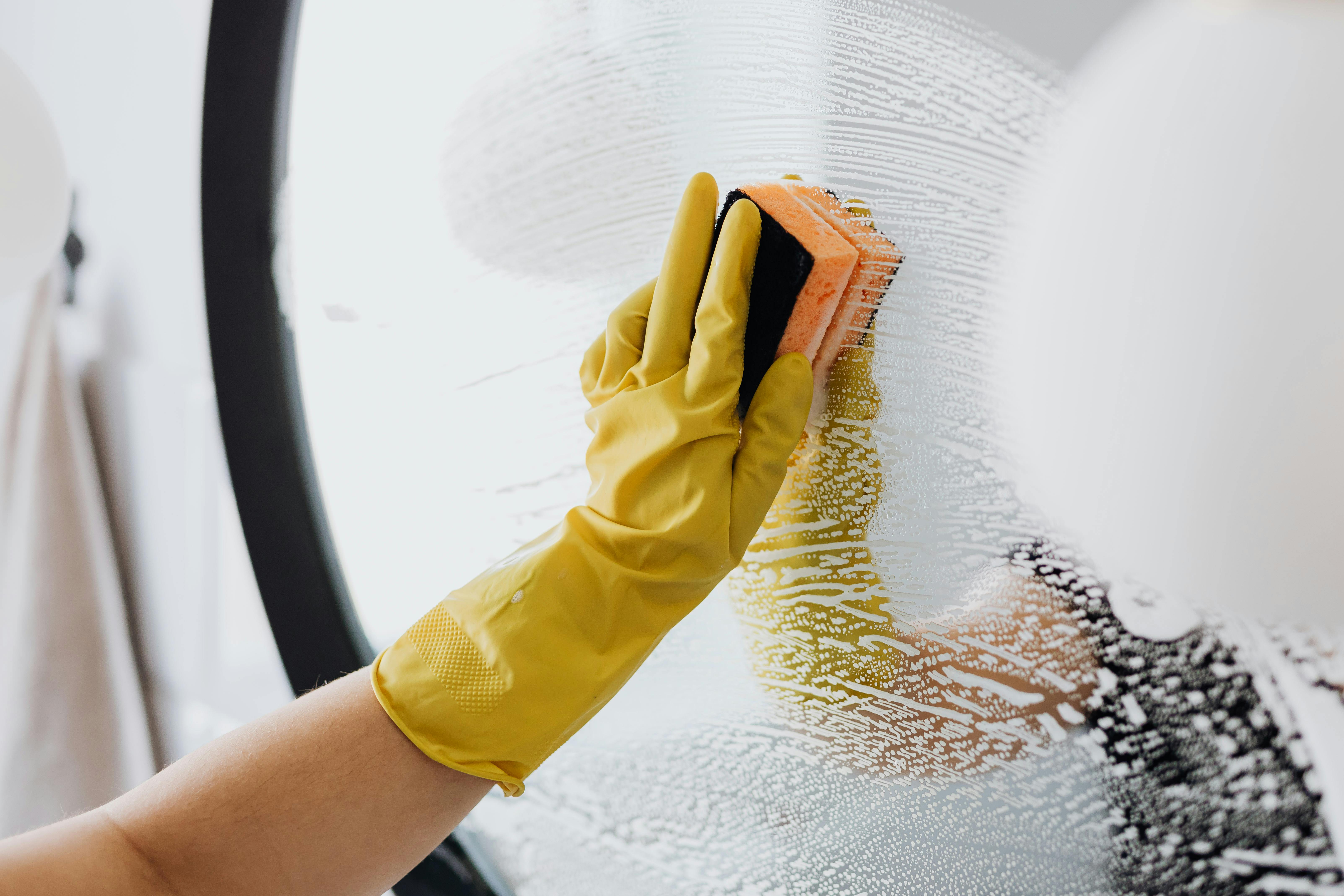Distillation is a process used to purify or separate liquids based on their different boiling points. It is one of the oldest and most commonly used methods of purifying water. The question of whether distillation removes chloramine from water is an important one, as chloramine can be harmful to humans and animals if consumed in high concentrations. This article will discuss the effectiveness of distillation in removing chloramine from drinking water.Chloramine is a chemical compound that is formed when chlorine is combined with ammonia. It is an effective disinfectant used to treat drinking water and to keep it safe from harmful bacteria, parasites, and viruses. Chloramine has been used in water treatment for over 100 years and is a much more stable disinfectant than chlorine alone.
What is Distillation?
Distillation is a process used to separate components of a liquid mixture by boiling and condensing the vapor. It is a process of purification and concentration of a liquid, in which the liquid is heated to its boiling point, resulting in the vaporization of the most volatile components. The vapor is then condensed back into a liquid form and collected for further use. Distillation can be used to separate liquids from solids and gases, as well as to purify or concentrate liquids. It has many applications in chemistry, industry, medicine, water treatment and food processing. Distillation can also be used to produce essential oils from plants, perfumes from flowers, or alcoholic beverages from grains or fruits.
The main advantage of distillation is its ability to separate components with different physical and chemical properties. For example, it can be used to separate ethanol from water or methanol from benzene. In addition, it can be used to remove impurities such as bacteria or heavy metals that may be present in the mixture. Distillation is also relatively simple compared to other methods of separation and purification, making it an economical choice for many industries.
Does Distillation Remove Chloramine?
Yes, distillation does remove chloramine from water. Distillation is a process of heating water and collecting the steam, which is then cooled and condensed back into liquid form. During this process, the chloramines are left behind in the boiling chamber, making the resulting distilled water free from these contaminants. Additionally, since distillation removes all minerals, it also results in a purer water than filtration systems that leave some minerals behind.
Distillation is considered one of the most reliable methods for removing chloramines from drinking water. It is also one of the most effective methods for removing other contaminants such as bacteria, viruses, and organic compounds. There are several types of distillation systems available on the market to suit different needs and budgets. If you are looking for an effective method to remove chloramines from your drinking water, distillation may be a good option for you.
How Does Distillation Work to Remove Chloramine?
Distillation is an effective method for removing chloramine from water. The process of distillation involves heating the water to a point where it turns into steam, which is then collected and condensed back into liquid form. This condensed liquid is free from many of the contaminants, including chloramine, that were present in the original water sample. The process is repeated until all the contaminants have been removed from the water.
Distillation works by using differences in boiling points between different substances. Chloramine has a boiling point of 121°C, while other impurities in the water have higher or lower boiling points than this. When the water is heated up to 121°C, only the chloramine will turn into steam and escape with it. The rest of the impurities will remain behind as residue in the heating vessel.
The condensed steam that is collected contains no chloramine, as it has already been vaporized and thus removed during distillation. This makes distillation one of the most effective methods for removing chloramine from drinking water supplies. In addition, distillation does not add any additional chemicals or compounds to the finished
Is Distillation Effective in Removing Chloramine?
Yes, distillation is effective in removing chloramine from water. Distillation is a process that involves boiling the water and collecting the vapor that rises off the surface of the boiling water. The vapor then condenses back into liquid form and is collected in a separate container. This process removes impurities, such as chlorine and chloramines, from the water.
Distillation is one of the most effective methods of removing chloramines from drinking water. It can remove up to 99% of the chloramines present in the water, making it safe to drink. Additionally, distillation also removes other impurities such as heavy metals, bacteria, and other contaminants that may be present in the water. This makes it an ideal method for purifying drinking water.
The disadvantage of distillation is that it can be time-consuming and costly. It also requires a large amount of energy to operate which makes it not very eco-friendly. Additionally, some trace amounts of chloramines may still remain even after distillation due to its small size which can make it difficult to remove completely from the water.
Overall, dist

Removing Chloramine with Distillation: Benefits
Removing chloramine from water can be an essential step in ensuring that the water you drink is safe and free from harmful contaminants. Distillation has long been a trusted method for removing pollutants, including chloramine, from water. The process of distillation works by boiling the water and then condensing the steam back into liquid form, leaving behind any impurities that are dissolved in the water. This process removes chlorine, heavy metals, nitrates, and chloramine from the water.
The benefits of removing chloramine with distillation are numerous. First of all, distillation ensures that you get a safe and pure product that is free from unwanted contaminants. Furthermore, distilling your own water allows you to save money as it is much cheaper than buying bottled or filtered water. Additionally, it is a great way to reduce your environmental footprint as there is no need to dispose of any plastic bottles.
Another benefit of using distillation to remove chloramine is that it is effective at removing other contaminants as well. Many other forms of filtration are not effective at removing all types of pollutants from your drinking water. By using
Advantages and Disadvantages of Using Distillation to Remove Chloramine
Distillation is a commonly used method for removing chloramine from water. It has several advantages, including the fact that it is relatively easy to set up and use, and it can be performed on a large scale. Additionally, distillation can remove a wide range of contaminants from water, including bacteria, viruses, heavy metals, and other chemicals. In addition to removing chloramine, distillation can also improve the taste and odor of the water being treated.
However, there are some disadvantages to using distillation to remove chloramine from water. One major disadvantage is the cost associated with purchasing and maintaining the necessary equipment for distillation. Additionally, distillation can take a significant amount of time to complete; depending on the size of the unit being used, it may take several hours or even days for water to be completely distilled. Finally, while distillation is effective at removing chloramine from water, it does not remove all other contaminants and impurities; additional filtration or treatment may be necessary in order to achieve optimal results.
What Other Methods Can Be Used to Remove Chloramine?
Chloramine is a chemical used by many municipalities as an alternative to chlorine for disinfecting drinking water. It is effective at killing bacteria and other pathogens, but can give the water a strong taste and odor. To remove chloramine from drinking water, several methods can be used including activated carbon filtration, ion exchange, and reverse osmosis.
Activated carbon filtration is the most cost-effective method of removing chloramine from drinking water. The carbon media attracts and absorbs the chemical, leaving behind clean, safe drinking water. The filter should be replaced regularly to ensure it’s effective at removing chloramine.
Ion exchange is another popular method for removing chloramine from drinking water. This process involves passing the water through a medium that contains charged particles which attract and bind with the molecules of chloramine in the water. The result is clean, safe drinking water free of contaminants.
Reverse osmosis is also an effective method for removing chloramine from drinking water. This process

Conclusion
Distillation is an effective method for removing chloramine from water. However, it is not 100% reliable as some chloramine may be left in the water. Additionally, distillation is a time-consuming and expensive process. For these reasons, it may not be the best option for everyone who wants to remove chloramine from their drinking water.
The most effective and cost-efficient way to reduce or remove chloramine from drinking water is to use a carbon filter. Carbon filters are designed specifically for this purpose and come in a variety of sizes and shapes. They can be used in combination with other methods such as reverse osmosis or distillation to ensure that all of the chloramine is removed from drinking water.
Overall, while distillation can help reduce or remove chloramine from drinking water, it should not be relied upon as the sole method of purification. Carbon filters are much more reliable and cost-effective when it comes to removing chloramine from drinking water.
Therefore, if you want to make sure that all of the chloramine is removed from your drinking water, then using a carbon filter in conjunction with other methods

